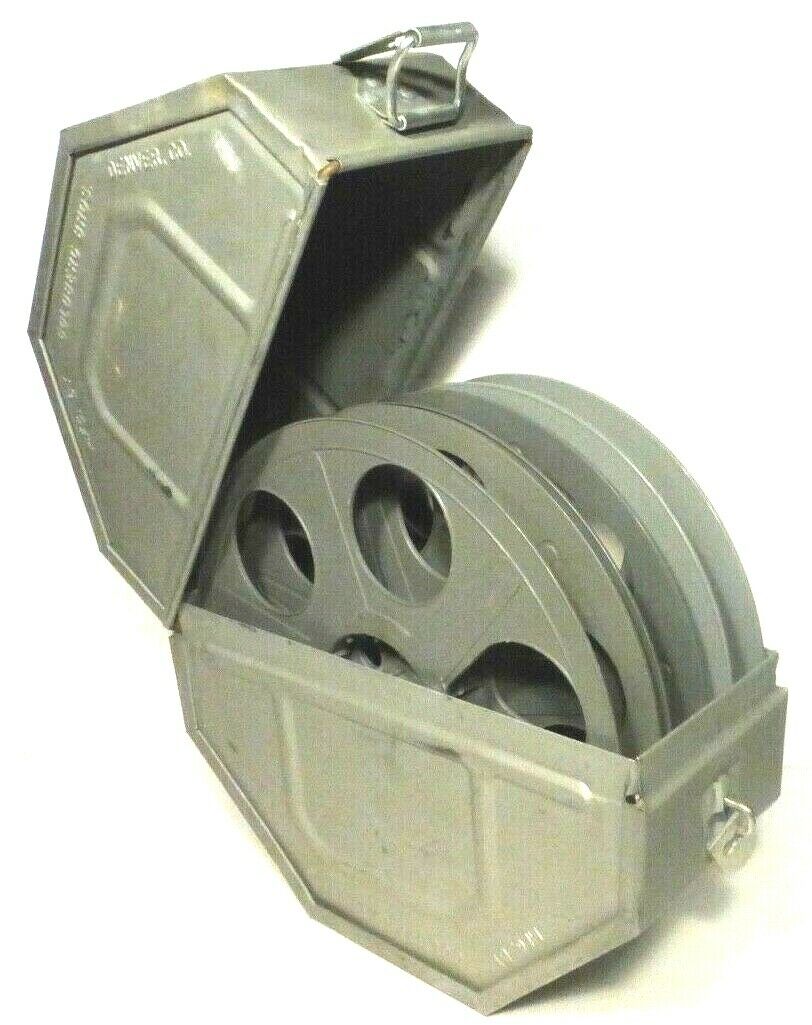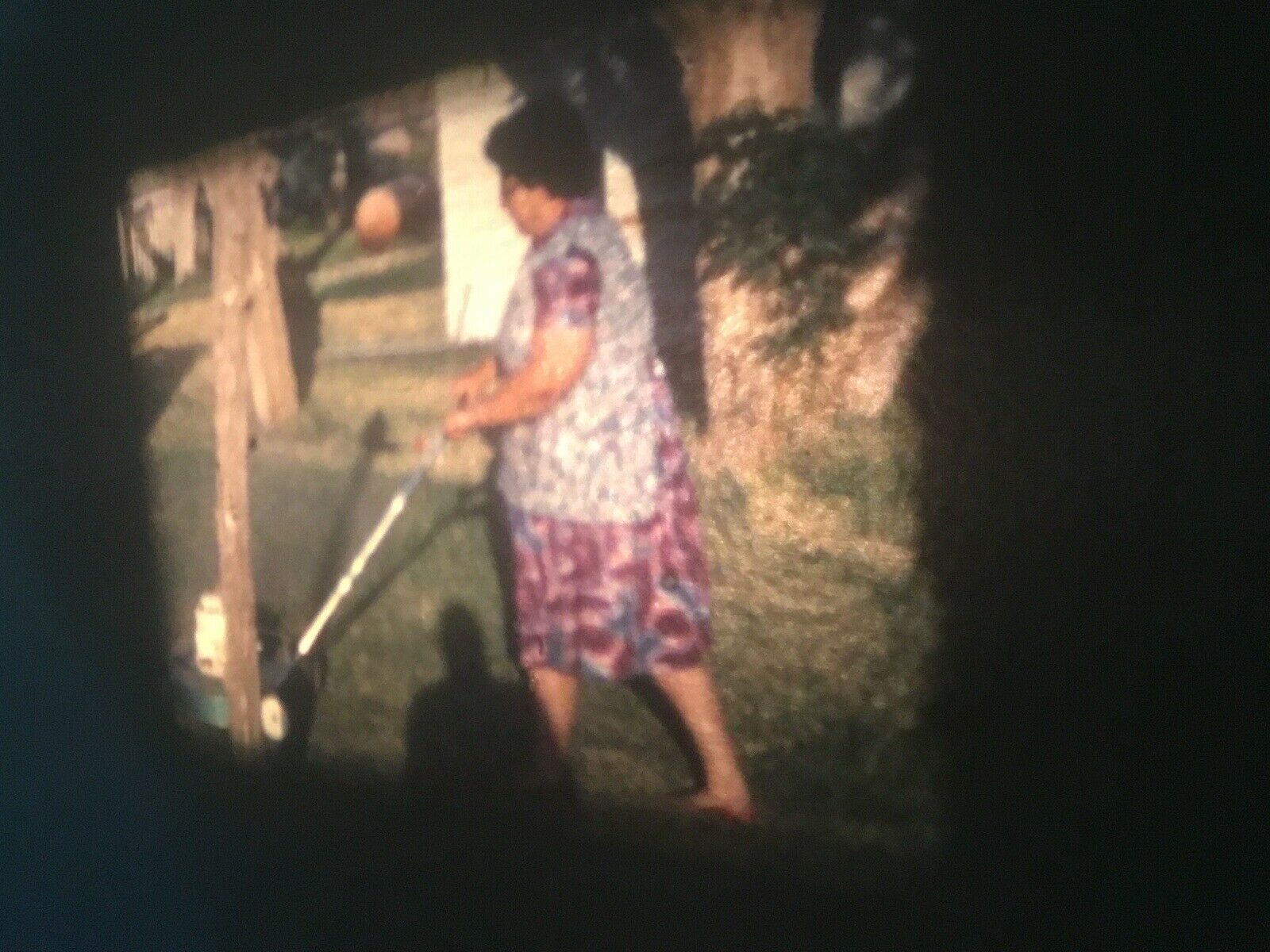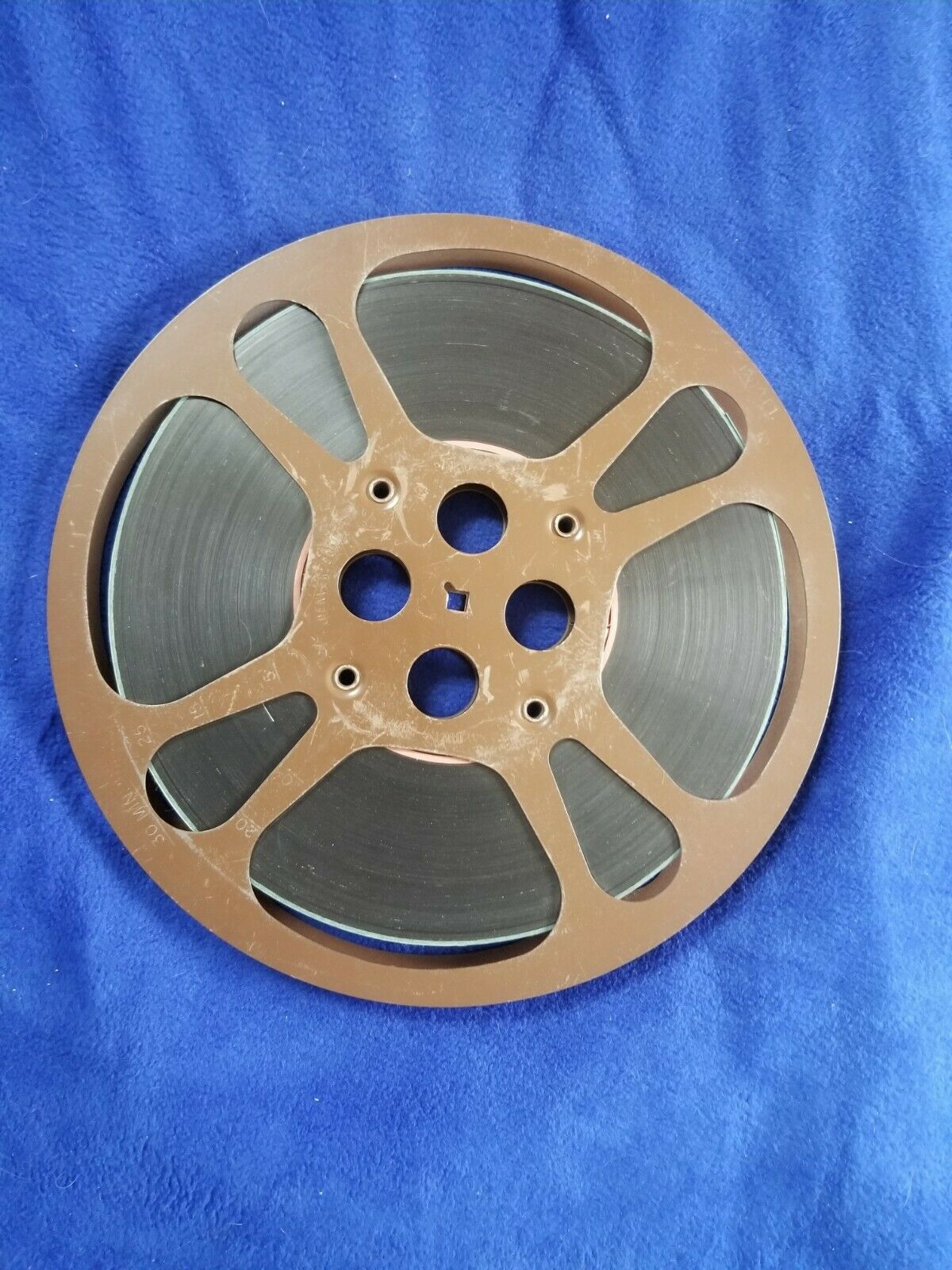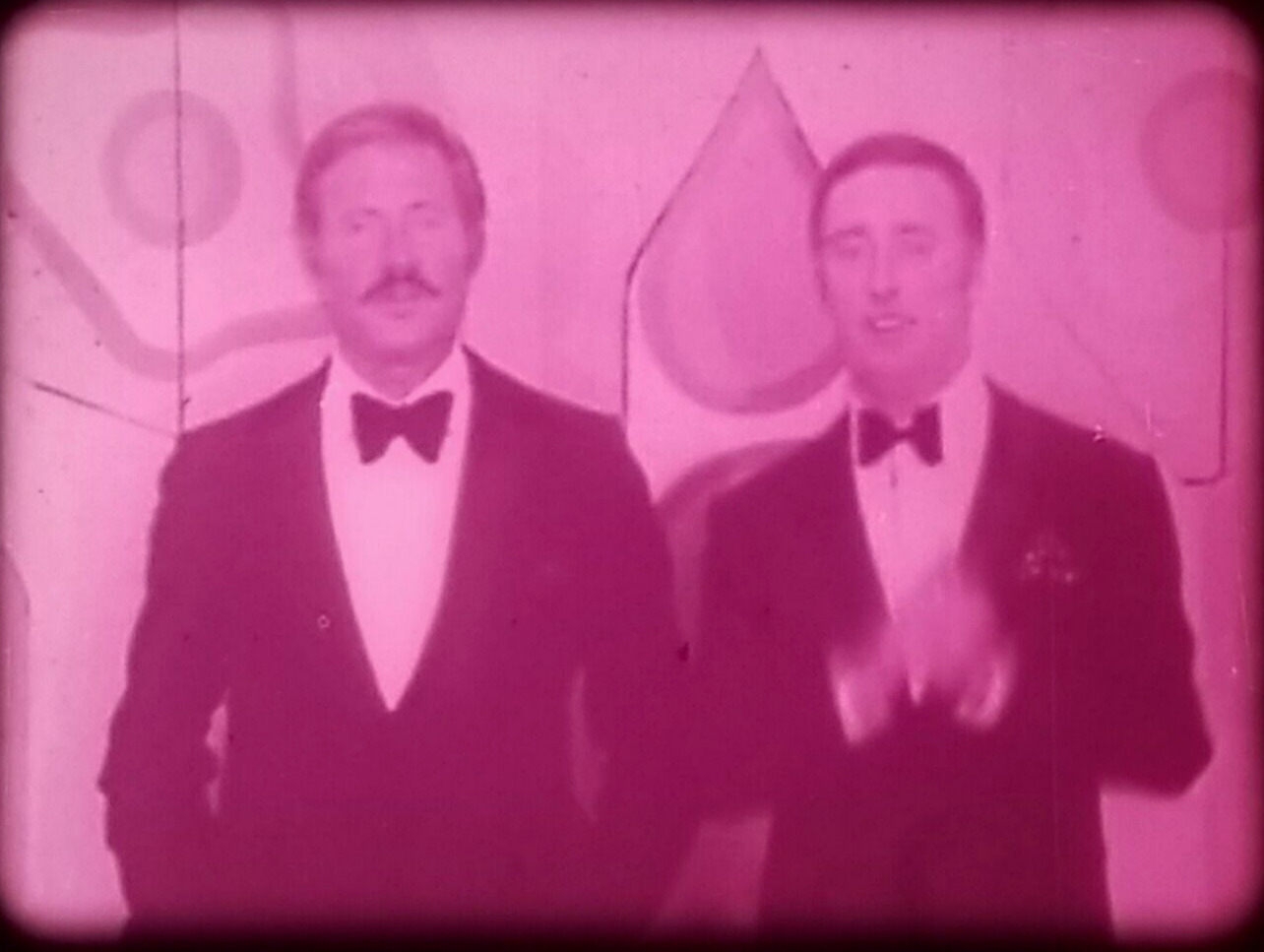-40%
1943 WW2 Malaria prevention propaganda images PSA film 16mm Kodachrome-150ft
$ 42.23
- Description
- Size Guide
Description
******Neat vintage 16mm movie. ***THRIFT SHOP FIND******I AM NOT AN EXPERT ON THIS****It is a 16mm Kodachrome safety color film, no sound.***RARE WWll era COLOR FOOTAGE***** A movie most likely made by a soldier stationed in the CBI theater back in WW2, as the first image has a CBI patch on the soldiers uniform. It is Kodak 16mm film with a "circle-triangle" symbol on the film edge, which I believe dates the film stock to 1943. Content is wonderful, some rare footage here! It shows several images of Malaria prevention PSA propaganda "posters". Probably were originally made by some of the artistic soldiers back then? Has "ACL" (amateur cinema League) and "World wide organization of Movie Makers" header spliced on.***RARE NEVER BEFORE SEEN IMAGES***THE PURPLE WRITING IS OBVIOUSLY NOT ON THE FILM, I DID THAT TO PREVENT COPYING OF THESE RARE IMAGES>>>********
My buddy played it all the way through a projector, not much of a smell that I could detect. On a Kodascope reel, about 150 ft. Good condition, some surface scratching, wear, a splice between each image, sold "as-is".***CHECK OUT MY OTHER 16mm FILM AUCTIONS***BUY MORE AND SAVE ON SHIPPING CHARGES***Buyer pays shipping. Will ship out within 3 days of cleared payment in account. Thanks! ***Due to mailing issues I ship to the lower 48 states only.****I SHIP BY PRIORITY MAIL ONLY******
On Sep-05-21 at 08:43:10 PDT, seller added the following information:
****Due to the proliferation of film being transferred to digital files and DVD, this is sold "AS-IS" no returns. Thanks and good luck! I will be listing many more 16mm films, including rare color footage of WW2.
Here is some info on malaria during WW2...
The average soldier serving in the Pacific Theater of Operations (PTO) fighting against the Japanese faced a great many challenges and dangers. Often overlooked by histories of the war, one of the most insidious of these was malaria. This disease, while not typically fatal to the infected soldier, would take him out of action for a prolonged period just as surely as if he had been wounded in battle. The Army’s fight against malaria is a fascinating story of man versus nature, with America’s success in the war against Japan at stake.
One of the forms this propaganda took was “Malaria Moe,” a comic strip in which the titular GI learned valuable lessons about reducing his risk of contracting the disease by using the tools provided by the Army. It is pointed out repeatedly in these comics that malaria put more soldiers out of action than the Japanese. In another effort to get GIs to pay attention, a calendar with illustrations of scantily clad women was produced. Wreathed around the women are reminders to use insect repellant, to not swim after dark, and to spray one’s quarters with insecticide. The piece closes by urging, “If you don’t give a darn about yourself–Do it for her!”
Additionally, wherever the Army set up camp, signs about malaria control were sure to appear. These ranged from the humorous to the macabre. In one particularly gruesome case, the 363d Station Hospital at Port Moresby, New Guinea, posted a sign adorned with two human skulls which simply read, “These men didn’t take their Atabrine.” While it is impossible to know what effect much of this propaganda had, the importance of educating the troops on proper malaria control was clearly taken very seriously by the Army.
The fight against malaria was an ongoing struggle in the Pacific, and the disease affected both sides. By the war’s end, the increasingly cut-off Japanese were suffering extreme rates of infection. It was estimated that at times, up to ninety percent of Japanese troops in some locations were combat ineffective due to malaria and dysentery. At Buna, where American forces had learned hard lessons about the impact the disease could have, the Japanese fared just as poorly. After the battle, the 3d Portable Surgical Hospital records noted that every single Japanese prisoner they received was infected with malaria. Meanwhile, the U.S. Army had put together a largely effective campaign to protect its soldiers from malaria.
It was impossible to completely stop the spread of malaria, and in the end, somewhere between sixty to sixty-five percent of American troops in the South Pacific reported contracting the disease at some point. However, when DDT was combined with the effective use of Atabrine and other measures against mosquitoes, it was found that malaria rates could be reduced up to seventy percent from what had been seen in the early stages of the war. Thanks to the educational efforts of the Army’s propaganda, and the scientific and industrial base that supplied insecticides and antimalarials, the Army was able to significantly minimize the effects of malaria on the war effort, contributing in no small measure to final victory















